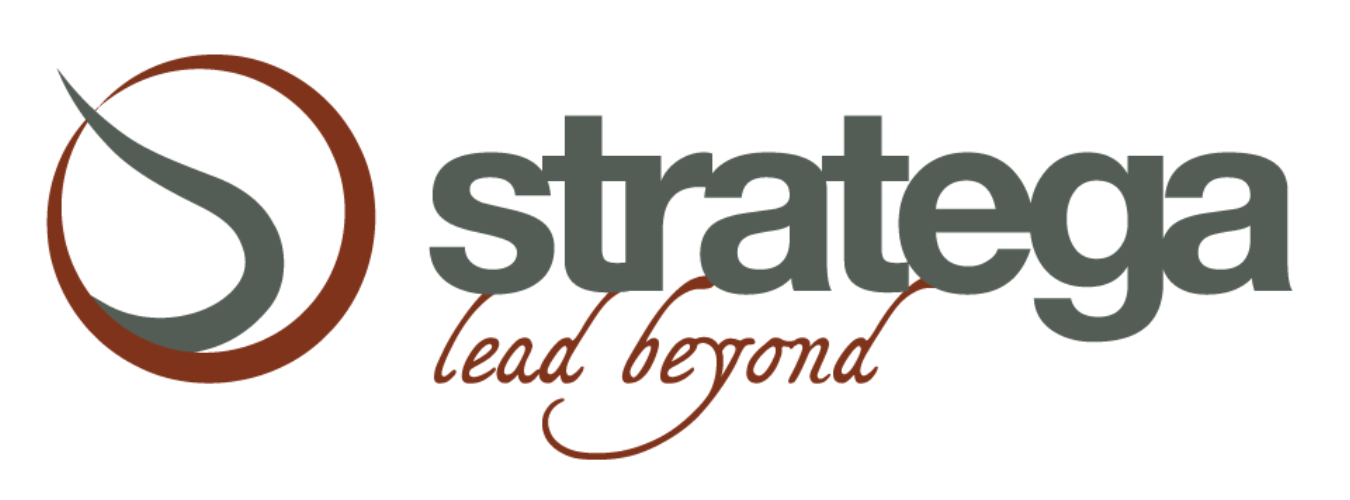Culture and people in the service of manufacturing excellence.
MANUFACTURING
EXCELLENCE

CROSS-SECTIONAL CHANGES
Many organizations experience serious failures in their growth and improvement paths: too quickly their teams revert to the actions and habits they have gotten into their daily routines, the changes are temporary, and, in the long run, the benefits are almost absent.
At the same time, the market evolves rapidly, with a constant increase in the competitiveness of other players and the needs of customers and consumers.
This difficult scenario shares the experiences of dozens of managers around the world, fills the bulletin boards of web forums and groups and is, often, used to propose simplistic solutions behind the promise of some sort of miracle cure.
As is often the case, the truth is simple but, to most, difficult to accept: excellence is across the board. Reducing costs (explicit and hidden), improving performance, cultivating innovation, and exceeding goals requires that people, processes, and tools be synchronized to perfection.
We present Manufacturing Excellence: a condensation of the most established management strategies adapted to the needs of manufacturing plants.
AMBITIOUS GOALS
Manufacturing Excellence pathways combine actions and interventions with incremental scope with the careful measurement of precise KPIs: the result is the achievement of otherwise impossible ambitious goals and, at the same time, the consolidation of the methods applied to achieve them.
STAGE 1-2
DURATION 4-8 MONTHS-
Centers on the infrastructure needed for the TPM factory
-
Leadership preparation and training
-
Promote factory acceptance Announcement of production model and KPIs
-
Official announcement of Manufacturing Excellence Model and new KPIs
STAGE 3
DURATION 18-24 MONTHS-
Pillar teams achieve the skills needed to recognize and eliminate leaks.
-
Achieve the goal of eliminating 50 percent of losses on major lines and processes.
-
All line operators and equipment level "A" and have level 1, 2 and 3 trainings in Autonomous Management
STAGE 4
DURATION 24-48 MONTHS-
Proactive factors and management of standard work
-
Focus on expanding the supply chain
-
Achieve the goal of eliminating 90% of losses on all AM lines and processes
-
Increasing the skills and lifespan of equipment
-
Begin to extend the scope of the program to the supply chain
STAGE 5
CONTINUATIVE-
Proactively avoiding losses
-
Value is created through managing the entire supply chain in an autonomous and distributed manner
GROW OWNERSHIP
One of the main risks during the execution of programs for the improvement of organizations is the over-reliance on top-down approaches and external pressures.
In traditional business culture, results are the result of increasing efforts and applying pressure on the management chain.
Today, however, the latest studies and methods show that in today’s environment it is essential to cultivate a corporate culture based on proactivity, involvement and awareness.
Ownership, i.e., that feeling of mutual ownership (the company is also mine), makes the organization more flexible, relinquishes the illusion of control in favor of trust and the silent and constant application of the highest principles of continuous improvement.
It is the members of the different teams who will produce proactive, everyday solutions to the small and large problems that organizations face every day.
